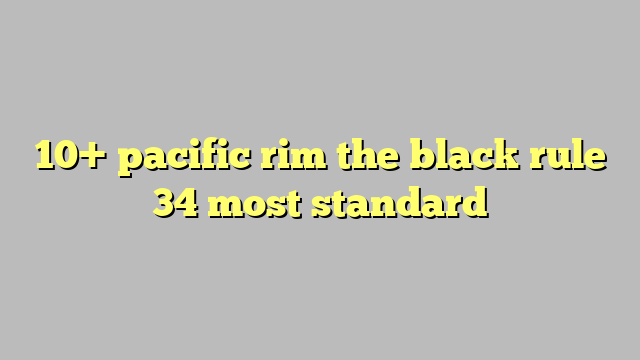

In my interpretation, the formulation τὰ δ᾽ ἄλλα ὡς ἂν ἕκαστον ἐπέλθῃ τάξομεν that Pollux uses to refer to the general structuring principle of the subject domains in the Onomasticon refers exactly to the types of connections König recognizes in the Onomasticon: they are connections that emerge as a certain subject domain or a group of subject domains evokes another one in the lexicographer’s mind. König (2016:301 and note 11) shows that this claim is a topos in ancient miscellany of the Imperial period and argues that it is “disingenuous,” since both in miscellanistic texts which raise this claim and in the Onomasticon careful and consecutive reading reveals connective threads between different subjects or entries and “clusters of order scattered among” the texts (König 2016:300). Pollux makes this lack of a consequent macrostructure explicit in the prologue of the first book, remarking that he starts presenting the vocabulary about gods, as every pious person should do, but he then orders the other entries as they happen to come into his mind (Poll. The connection of the different entries is logical in some cases and associative in others often there is no connection at all between adjacent entries. But the Onomasticon has no hierarchically organized macrostructure similar to those of modern onomasiological dictionaries. ”ġ§4 Pollux’s Onomasticon is a general onomasiological dictionary in the sense that most of its entries have as starting points notions/concepts and that it covers a broad range of vocabulary. Modern onomasiological dictionaries combine scientific and common sense categories and categorizations of the world in order to create hierarchical macrostructures, and thus attribute to “each concept a relative place in the wider conceptual system of which it is part (Alexander and Kay 2015:376). The term “macrostructure” is used to describe this overall order of the entries.

In modern onomasiological dictionaries the microstructure is regularly based on the parts-of-speech system (PoS system), the distinction between noun, adjective, verb and adverb.ġ§3 The entries in an onomasiological dictionary are not organized alphabetically (as it is usually the case in semasiological dictionaries) but in object domains according to logical/conceptual criteria. The term “microstructure” is used to refer to the internal structure of each entry. Roget, the creator of the prototypical modern onomasiological dictionary, the Thesaurus of English Words and Phrases (1st edition 1852) defines it as “a linguistically oriented wordbook in which general-language vocabulary is organized from a semantic point of view, designed to give guidance on alternative words for similar concepts” (in Hartmann and Braun 2006:1013).ġ§2 Onomasiological dictionaries have two main characteristic features that clearly distinguish them from semasiological dictionaries: the starting point for each entry is a notion/concept, not a lexeme the main body of the entry consists of groups of words used to express this notion, ordered according to logical and/or linguistic categories. This concept is directly comparable to those used to define a specific type of modern dictionaries, the onomasiological dictionaries or thesauruses. In the prologue of the first book he entitles it “Onomasticon” (“book of words”) and defines its content: lists of synonyms, that can be used alternatively and lists of notions together with the words used to denote them (Poll. He has a rather clear idea about what the purpose of his dictionary is.
#PRAGMATA RULE 34 PROFESSIONAL#
Its author, Julius Pollux, was a professional orator (or “Sophist”) in Roman-Imperial Athens and professor of rhetoric in Athens. * It is written as fluid text, although it mainly contains lists of words.

120.000 words) from the second century CE. Pollux’ Onomasticon as onomasiological dictionaryġ§1 Pollux’ Onomasticon is a Greek dictionary in 10 books (ca. “Logical Categories and the Parts of Speech System as Structuring Devices in Pollux’ Onomasticon.” CHS Research Bulletin 5, no.


 0 kommentar(er)
0 kommentar(er)
